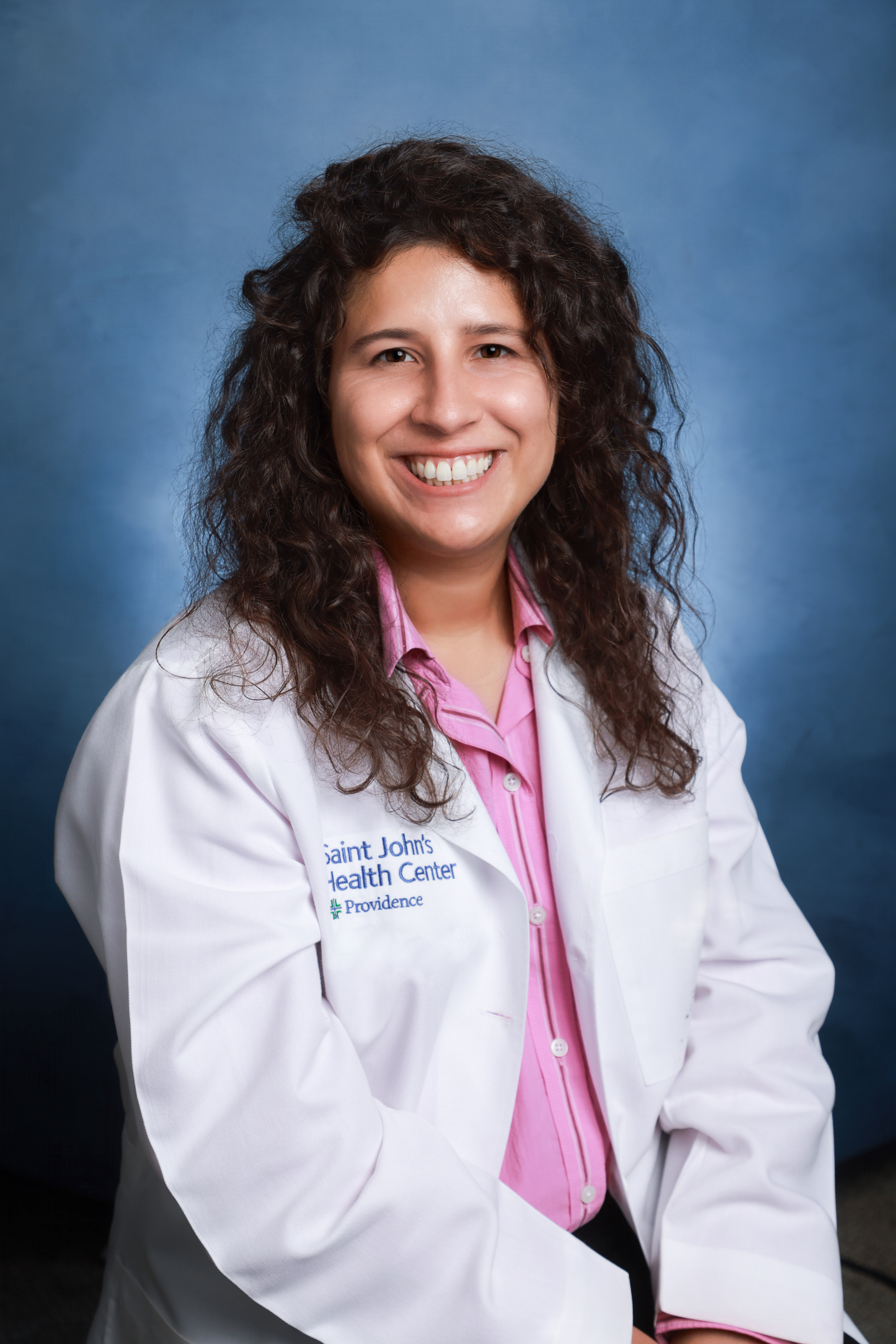Routine Prenatal Care

Overview
What is Prenatal Care and Delivery?
The medical checkups and screening tests performed to help keep you and your baby healthy during pregnancy are called prenatal care. This also involves education and counseling on how to handle different aspects of your pregnancy. We encourage taking educational classes in prepared childbirth, breastfeeding, newborn care and more; we can help guide you to the appropriate classes as many are offered at the hospital where you will have your baby.
During pregnancy, it’s important you have regular checkups with your St. John’s Physician Partners obstetrician as regular checkups keep you and your baby healthy, identify problems if they occur, and prevent problems during delivery. Routine checkups typically occur:
- Once each month for weeks four through 28.
- Twice a month for weeks 28 through 36.
- Weekly for weeks 36 to birth.
- Women with high-risk pregnancy will need to see their obstetrician more often.
Your St. John’s Physician Partners obstetrician encourages you to ask questions, share your concerns and educate yourself about the changes you are undergoing during this exciting time. We understand that finding out you’re pregnant is a time of excitement, anticipation as well as apprehension. That’s why we partner with you to make your pregnancy and childbirth experience as safe and meaningful as possible.
Risks
Prenatal Care and Childbirth Potential Risks and Complications
Some women experience health problems during pregnancy and childbirth. Some of these complications can involve the mother’s health, her fetus or both. Even women who were healthy before getting pregnant can experience complications. Some potential risks and complications of pregnancy include:
- High blood pressure
- Gestational diabetes
- Infections
- Preeclampsia
- Preterm labor
- Miscarriage
- Stillbirth
Your St. John’s Physician Partners obstetricians are well versed in all aspects of prenatal care and childbirth. We have the expertise to help both mother and baby have a safe pregnancy and childbirth. We’re with you all the way.

What to Expect
What to Expect During Prenatal Care and Childbirth
Important: Keep Your Appointments With Your Obstetrician.
Your first prenatal visit is important to establish a baseline for your pregnancy. This generally includes a full physical and pelvic exams, breast exam, blood tests and calculating your due date. Additionally, your gynecologist will check for a number of things, such as:
- Your blood type and Rh factor.
- Anemia.
- Infections that may affect your pregnancy or newborn.
- Your immunity to rubella (German measles) and chickenpox.
After your initial appointment, most appointments will include:
- Checking your blood pressure and weight.
- Checking the baby’s heart rate.
- Measuring your abdomen to check the baby’s growth.
- Answering your questions.
Throughout your pregnancy your obstetrician may suggest screenings for gestational diabetes, chromosomal problems and HIV. Other test might be offered based on your:
- Age.
- Personal or family health history.
- Ethnic background.
- Based on the result of routine tests.
Even though your obstetrician calculated your due date, no one can predict with certainty when labor will happen. The due date is simply a point of reference as normal labor can begin as early as three week before the due date or as late as two weeks after. Here’s what you should know as you approach your due date:
- If you notice your baby has dropped lower in your pelvis, this is called “lightening”. A pelvic exam might find changes in your cervix that indicates your body is ready to give birth.
- You may also have lots of energy and the impulse to cook and clean, called “nesting”. This is a sign that labor is approaching.
Contact your obstetrician immediately if you have the following symptoms, even if it’s weeks before your due date since it might indicate you’re going into preterm labor:
- If you’re having contractions that become stronger at regular and shorter intervals.
- If you’re having lower back pain and cramping that persists.
- If you feel an increased need to urinate and may have frequent diarrhea.
- If your water breaks as a large gush or continuous trickle.
- If you have bloody or brownish discharge since this is probably the mucus plug that blocks the cervix. This usually means your cervix is dilating and labor is starting or could be days away.
As you experience regular contractions, your baby moves down the pelvis as the cervix thins and dilates. The length of labor is different for every woman. There are three stages of labor:
- The first stage of labor is the onset of labor when the cervix is fully opened. It’s the longest stage that usually lasts at least 12 hours. Near the end of this stage, your contractions will be more intense, longer and closer together.
- The second stage is the delivery of your baby. This involves pushing hard during contractions and resting in between. This can last anywhere from 20 minutes to several hours.
- The third stage is delivery of the placenta, the afterbirth. This is the shortest stage, lasting 5 minutes or more, after which your obstetrician will repair any tears that occurred during childbirth or your episiotomy if performed.
Managing Labor Pain
No one can predict how you will feel since childbirth is different for everyone. The amount of pain you may feel during labor depends partly on the size and position of your baby, the size of your pelvis, the strength of the contractions and your emotions. You may do fine with natural methods of pain relief or you may want medications to relieve pain. Pain relief is an important part of your birth plan to discuss with your obstetrician.
Cesarean Delivery
Cesarean delivery, also called c-section, is surgery to deliver your baby when your baby is taken out through your abdomen. Most cesarean births result in healthy babies and mothers, but it does carry risks and healing takes longer than with a vaginal birth. You should discuss the pros and cons of cesarean birth with your obstetrician. Your obstetrician may recommend cesarean birth if it’s deemed safer than a vaginal birth. Some c-sections are planned, but most are done when unexpected problems happen during delivery. Common reasons to perform a cesarean delivery include:
- You’re carrying more than one baby.
- You have health problems.
- You have dangerously high blood pressure.
- You have problems with the shape of her pelvis.
- There are problems with the placenta.
- There are problems with the umbilical cord.
- There are problems with the position of the baby, such as a breech.
- Your baby shows signs of distress, such as a lower heart rate
- You’ve had a previous c-section
At this point, you’ve gone through amazing physical and emotional transformations. Now your body will transition yet again including:
- You may have pain where you may have had an episiotomy or vaginal tears. It may be painful when your sneeze or laugh while you’re healing.
- Your breast may be sore and hard while waiting for your milk to come in. Your nipples may also be sore.
- You may be constipated and have hemorrhoids.
- You may have hot and cold flashes due to changes to your hormonal levels.
- You may have after pains as your uterus contracts back to its pre-pregnancy size.
- You may have urinary or fecal incontinence.
- You may have vaginal discharge.
Most of these problems improve on a daily basis and continue to improve over the first 2 to 6 weeks of the postpartum period.
Specialists
















